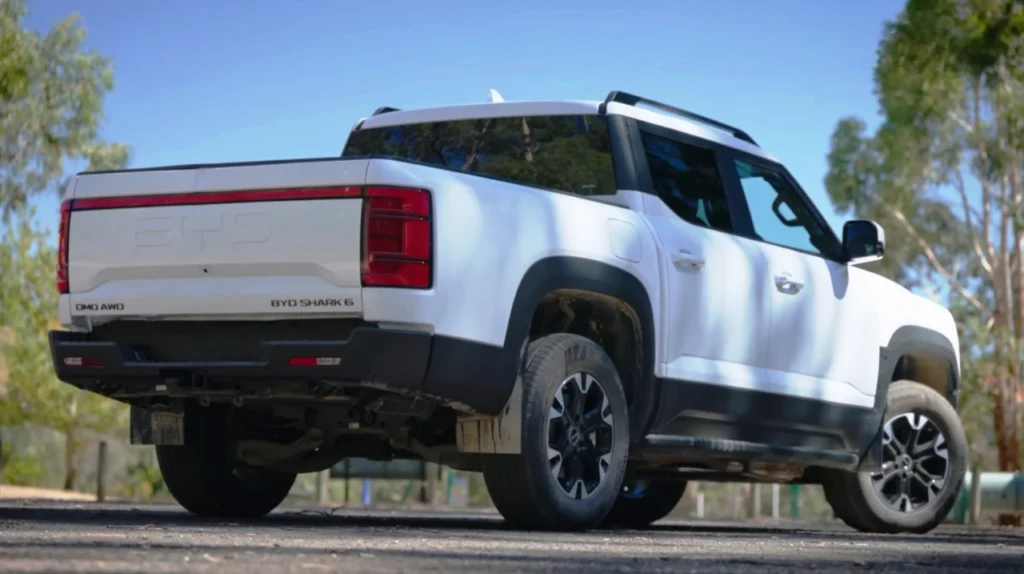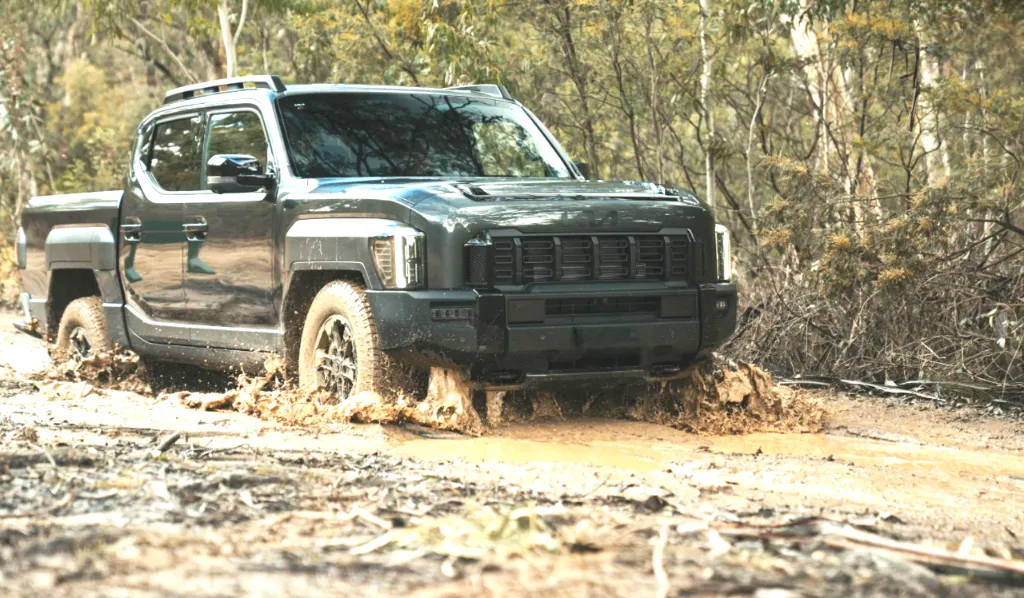The 2026 BYD Shark 6: The Plug‑In Hybrid Aussie want
2026 BYD Shark 6 plug-in hybrid ute review: price, features, specs, towing, safety, interior — find out why Australia’s new hybrid dual cab is rattling the worksite and the weekend.

Think about this: it’s a cold winter’s morning in Brisbane. Coffee aroma, red heeler bark in the tray, and dual‑cab ute running at the job site. But this ute is quiet. No rattle from the diesel. No blast of smoke. Just the smooth whisper of a battery doing what previously required a full tank of unleaded. Say hello to the 2026 BYD Shark 6 plug‑in hybrid ute— the heavy-lifter that’s remaking the Aussie ute narrative.
A Quick Tale of the Shark’s Rise
When BYD initially hinted at the Shark 6 way back in 2024, most Aussies rolled their eyes. A hybrid ute? From a Chinese manufacturer? Pull the other one, mate. Yet pre-orders poured in. By mid‑2025, the Shark 6 was the company’s poster child, beating old workhorses in some metro postcodes. The quiet school runs were a hit with families; tradies appreciated the instant torque and the smugness at the bowser.
Flash forward to 2026 — the Shark 6 hasn’t been resting on its laurels; it’s developed teeth. It’s a serious player now, competing against the Hilux, Ranger and Triton, with updates waiting in the wings to ensure this hybrid beast continues to chomp on diesel ute sales.
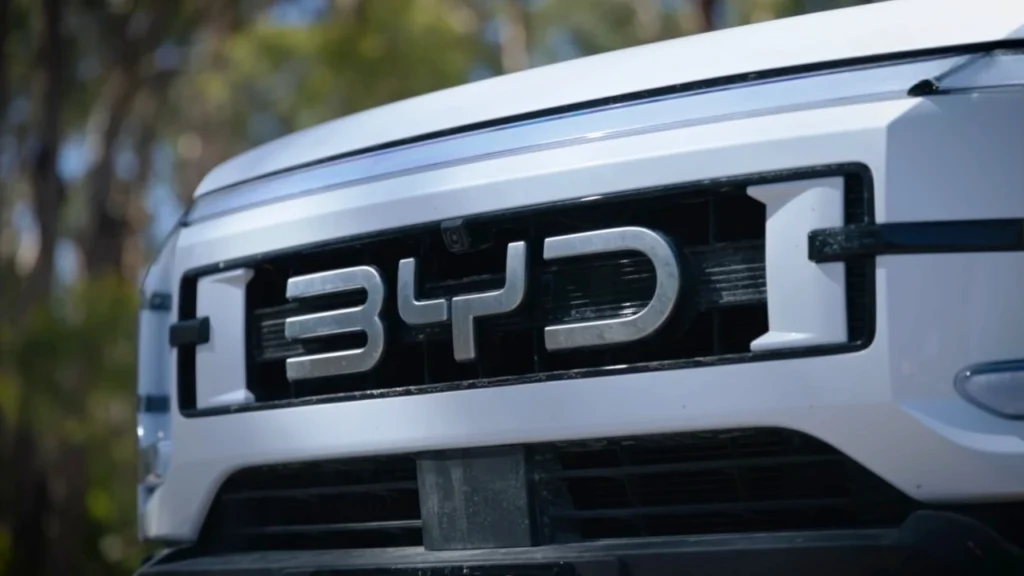
Interior: Build Quality and Creature Comforts
Step inside the Shark 6 and you’ll think you’re in an upmarket SUV, not a knockabout tradie’s rig. BYD has kept the cabin very plush: soft-touch dash panels, sturdy switchgear, and a huge rotating touchscreen that looks like it part of a luxury EV.
Seats are Heated, ventilated, clad in wipe-clean faux leather — ideal for muddy worksite. The driver’s screen is sharp and customisable. Storage is smart too: double-deck centre console, lidded door bins, and a wireless charging tray that will take a large phone (at last!).
It’s the little things that make the difference. The Shark’s interior is the kind that seems to have been constructed by folks who said, “Where will this get dirty?” and “Where will leave juice boxes?” And they worked around that.
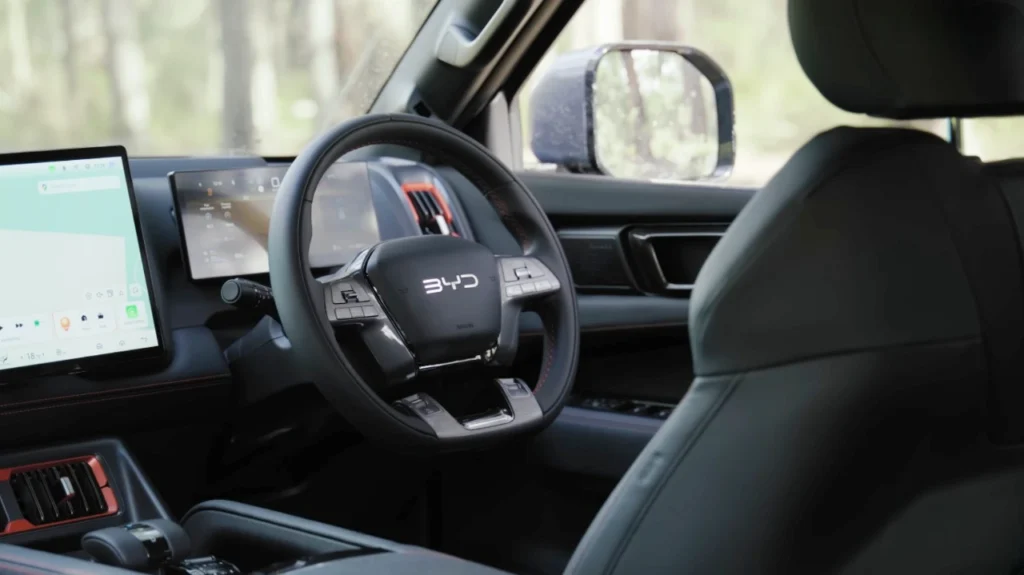
Performance: Getting Enough Zap to Surprise the Neighbours
So does this plug-in hybrid ute got start? Underneath its chiseled bonnet is a turbocharged 1.5‑litre petrol motor used as a generator with two electric motors producing punchy 321 kW of power and 650 Nm of torque. That’s hot hatch figures. In a ute.
It launches from standstill to 100 km/h in around 5.7 seconds — meaning it’s faster than your neighbour’s diesel Ranger Wildtrak. On pure electric, you’ll get about 100 km range — enough for the weekday grind and back with zero tailpipe emissions. When the battery runs out, the petrol generator kicks in seamlessly, stretching your range past 800 km on a full tank and charge.
Towing? It will haul 2,500 kg braked, which covers most tradie trailers, boats, or caravans — but if you’re hauling a massive worksite excavator daily, you may wait for the 2.0 litre upgrade coming next year.
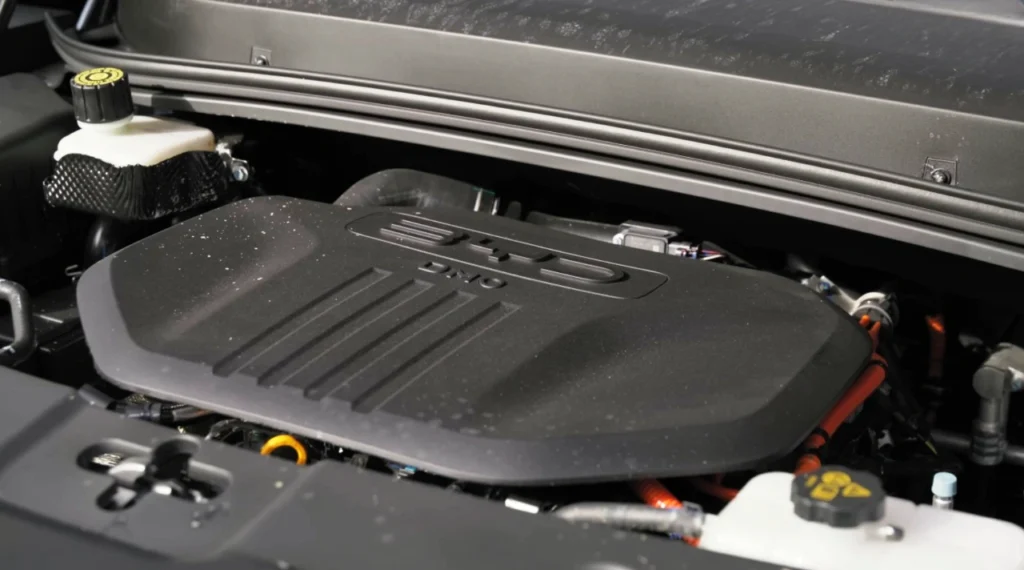
Safety: Tech That’s Always Watching
For 2026, the Shark 6 retains its package of safety intelligence at center stage. Look for seven airbags, a rugged ladder-frame body, and a suite of driver aids that have you thinking you’ve got a second set of eyes.
There’s auto emergency braking that really does spot kangaroos, lane-keep assist that won’t ping-pong you off between lines, and blind spot monitoring that comes in useful when that surfboard pops out the back. Parking’s easy too — 360-degree cameras, front and rear sensors, and auto-park on higher levels if you’re keen to let the ute do the work.
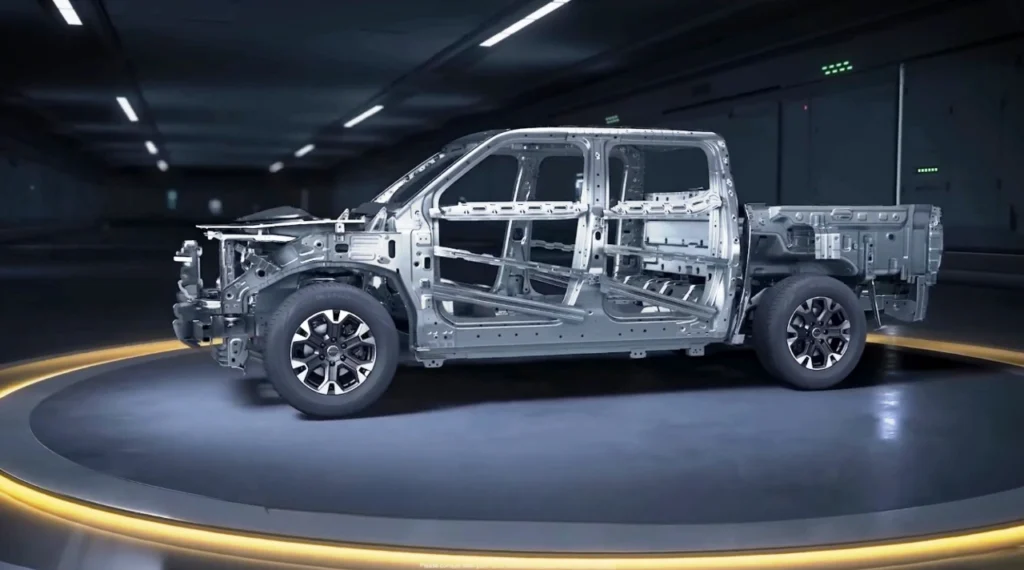
Capability: Is It Still a Real Ute?
A few tradies still wrinkle their noses at an MFC ute, but the Shark 6 has done its homework. It sits on a rugged ladder-frame chassis, with double wishbone suspension at both ends for off-road curve. Ground clearance is sufficient for work sites and fire trails — around 230 mm — and there’s selectable drive modes for sand, snow and loose gravel, as well as mud.
Yes, there is no mechanical diff-lock yet, so serious rock-hopping isn’t its forte. But for 90% of Australian ute owners who do more towing of jet skis or running a beach track, it’s perfectly able.
Payload is around 835 kg — a few bags of cement for your next Saturday project — and the tub’s broad enough for bikes, camping equipment, or a pile of Bunnings runs.
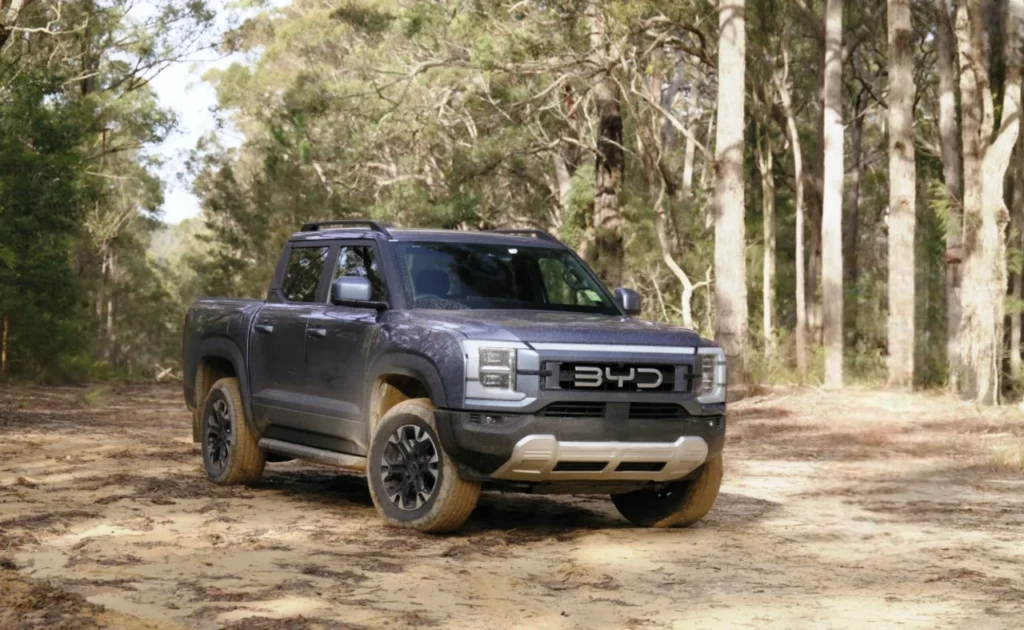
Pricing and Availability
As of mid‑2026, the BYD Shark 6 still retails for under $60K driveaway for the top-of-the-range plug‑in hybrid model. Not too shabby considering you get all that torque, upscale interior, and a badge that’s picking up some serious street cred.
BYD dealers are reporting strong demand for new grades as well — a cab-chassis model and a more powerful 2.0-litre PHEV are in the pipeline for late 2026. So if you’re keen to get one, it may be worth getting your deposit in early before waiting times stretch out again.

Pros and Cons
Pros
Instant electric torque and quiet city driving
Robust 100 km EV range — daily drives petrol-free
Hardy enough for real-world use
Luxury cabin touches, large screen, high-fidelity audio
Far-reaching driver assist features
Competitive warranty and good resale hype
Cons
Still trailing diesel brutes such as the Ranger for towing
No rear diff lock (yet)
Short supply could mean waiting many months
Resale values still a mystery in the changing EV market
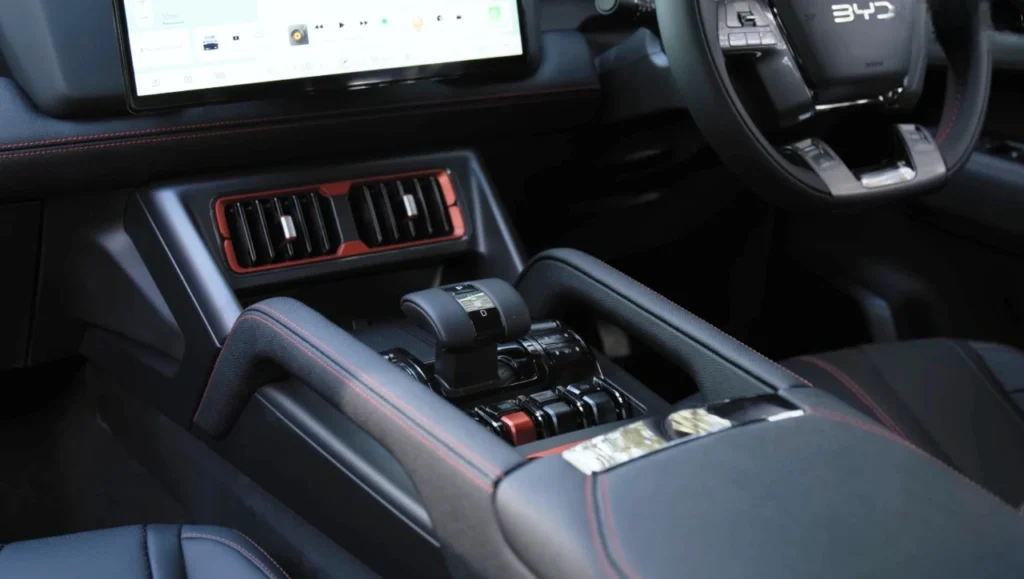
Final Verdict
Here’s the plain reality: the 2026 BYD Shark 6 is no longer an oddball fringe player — it’s a mainstream ute that’s truly disrupting Aussie driveways. If you need diesel torque and heavy towing, you may wait for the next model. But for the remaining 90% of buyers who desire a clever, quiet, torque-rich dual cab with less bowser agony and greater tech? The Shark 6 is well worth a test drive.
One thing’s for sure: this ute’s here to stay, and if the later updates can bring that extra towing capacity and more battery range, Australia’s diesel powers will need to watch their backs. Or their tailpipes — provided you can still see them above the Shark’s wake.
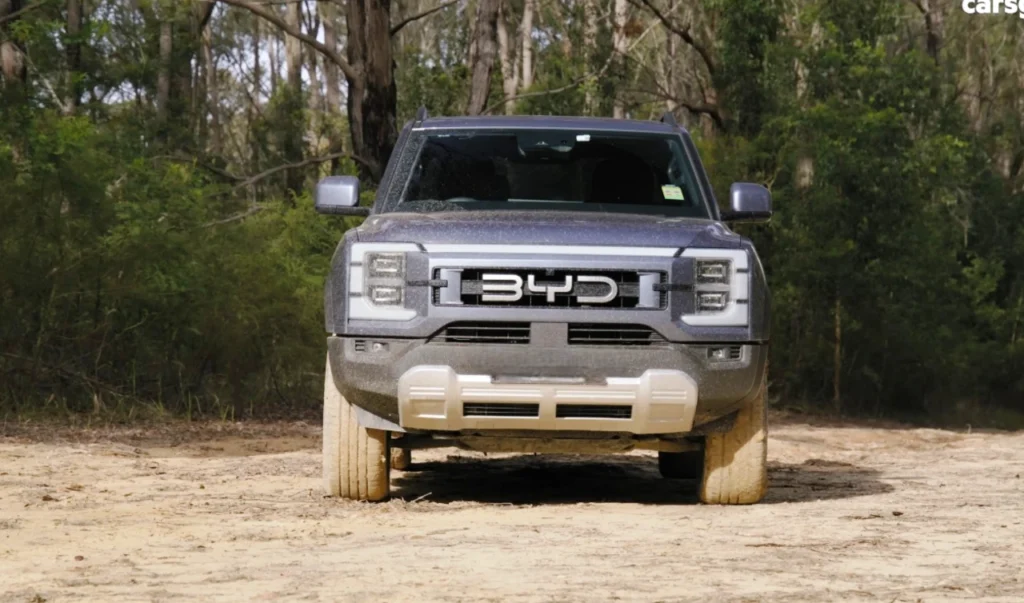
FAQs
Q: What is the electric-only max range of the BYD Shark 6?
A: Around 100 km on battery power alone — more than enough for daily commutes and pickup.
Q: How much can the Shark 6 tow?
A: The current plug-in hybrid model rates up to 2,500 kg braked.
Q: Is there a more potent version on the way?
A: Yes — BYD will introduce late 2026 or early 2027 a 2.0-litre plug-in hybrid model with more towing.
Q: How much is the Shark 6 in 2026?
A: Approximately $57,900 to $59,990 driveaway for the top model.
Q: Can it handle off-roading?
A: It is good with light to moderate off-road roads, but die-hard off-roaders may need more ground clearance or a rear diff lock.
